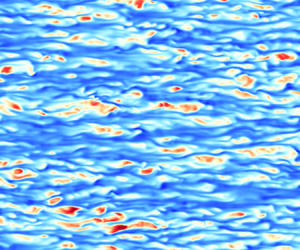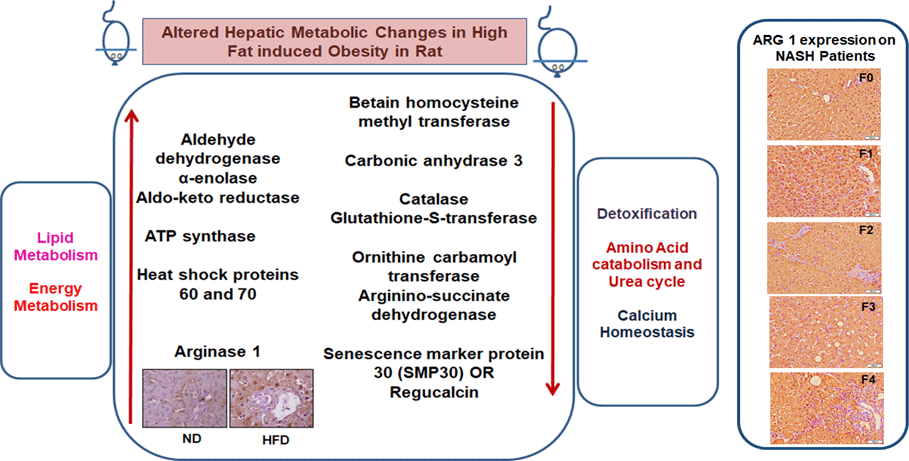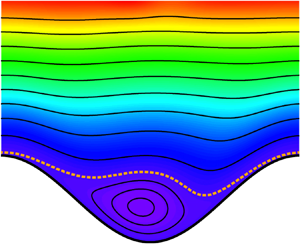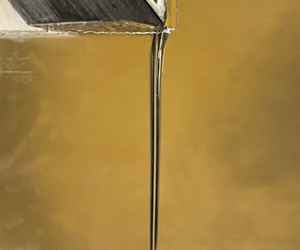Refine listing
Actions for selected content:
1419572 results in Open Access
A narrative inquiry into how oldest-old care-givers of people with dementia manage age-related care-giving challenges
-
- Journal:
- Ageing & Society / Volume 45 / Issue 4 / April 2025
- Published online by Cambridge University Press:
- 27 October 2023, pp. 656-685
- Print publication:
- April 2025
-
- Article
-
- You have access
- Open access
- HTML
- Export citation
Assessment of heat transfer and Mach number effects on high-speed turbulent boundary layers
-
- Journal:
- Journal of Fluid Mechanics / Volume 974 / 10 November 2023
- Published online by Cambridge University Press:
- 27 October 2023, A10
-
- Article
-
- You have access
- Open access
- HTML
- Export citation
Clinical impacts of n-3 fatty acids supplementation on depression symptoms: an umbrella review of meta-analyses
-
- Journal:
- British Journal of Nutrition / Volume 131 / Issue 5 / 14 March 2024
- Published online by Cambridge University Press:
- 27 October 2023, pp. 841-850
- Print publication:
- 14 March 2024
-
- Article
-
- You have access
- HTML
- Export citation
The Next American Edition of the Book of Common Prayer
-
- Journal:
- Journal of Anglican Studies / Volume 23 / Issue 1 / May 2025
- Published online by Cambridge University Press:
- 27 October 2023, pp. 154-174
-
- Article
- Export citation
Early hepatic proteomic signatures reveal metabolic changes in high-fat-induced obesity in rats
-
- Journal:
- British Journal of Nutrition / Volume 131 / Issue 5 / 14 March 2024
- Published online by Cambridge University Press:
- 27 October 2023, pp. 773-785
- Print publication:
- 14 March 2024
-
- Article
-
- You have access
- HTML
- Export citation
Editorial Foreword
-
- Journal:
- Comparative Studies in Society and History / Volume 65 / Issue 4 / October 2023
- Published online by Cambridge University Press:
- 27 October 2023, pp. 723-725
-
- Article
-
- You have access
- HTML
- Export citation
Lower bounds on Bourgain’s constant for harmonic measure
- Part of
-
- Journal:
- Canadian Journal of Mathematics / Volume 76 / Issue 6 / December 2024
- Published online by Cambridge University Press:
- 27 October 2023, pp. 1967-1986
- Print publication:
- December 2024
-
- Article
- Export citation
The race between offshoring and automation in explaining wage polarization
-
- Journal:
- Macroeconomic Dynamics / Volume 28 / Issue 6 / September 2024
- Published online by Cambridge University Press:
- 27 October 2023, pp. 1278-1312
-
- Article
- Export citation
Torsion in the Classical Spacetime Context
-
- Journal:
- Philosophy of Science / Volume 91 / Issue 5 / December 2024
- Published online by Cambridge University Press:
- 27 October 2023, pp. 1262-1273
- Print publication:
- December 2024
-
- Article
-
- You have access
- Open access
- HTML
- Export citation
Impact of customized electronic duplicate order alerts on microbiology test ordering: Financial and environmental cost savings
-
- Journal:
- Infection Control & Hospital Epidemiology / Volume 45 / Issue 3 / March 2024
- Published online by Cambridge University Press:
- 27 October 2023, pp. 343-350
- Print publication:
- March 2024
-
- Article
-
- You have access
- Open access
- HTML
- Export citation
Crystal structure and X-ray powder diffraction data for Lumateperone tosylate
-
- Journal:
- Powder Diffraction / Volume 40 / Issue 1 / March 2025
- Published online by Cambridge University Press:
- 27 October 2023, pp. 94-98
-
- Article
- Export citation
Pathways to depalatalization of the palatal nasal in Quebec and hexagonal French: An EPG study
-
- Journal:
- Journal of French Language Studies / Volume 34 / Issue 2 / July 2024
- Published online by Cambridge University Press:
- 26 October 2023, pp. 95-124
-
- Article
-
- You have access
- Open access
- HTML
- Export citation
Hydrodynamic roughness induced by a multiscale topography
-
- Journal:
- Journal of Fluid Mechanics / Volume 974 / 10 November 2023
- Published online by Cambridge University Press:
- 26 October 2023, A16
-
- Article
- Export citation
EVENTUAL POSITIVITY AND ASYMPTOTIC BEHAVIOUR FOR HIGHER-ORDER EVOLUTION EQUATIONS
- Part of
-
- Journal:
- Bulletin of the Australian Mathematical Society / Volume 109 / Issue 1 / February 2024
- Published online by Cambridge University Press:
- 26 October 2023, pp. 165-167
- Print publication:
- February 2024
-
- Article
-
- You have access
- HTML
- Export citation
Artificial intelligence and increasing misinformation
-
- Journal:
- The British Journal of Psychiatry / Volume 224 / Issue 2 / February 2024
- Published online by Cambridge University Press:
- 26 October 2023, pp. 33-35
- Print publication:
- February 2024
-
- Article
-
- You have access
- HTML
- Export citation
Are Online Simulations for Radiation Emergency Medical Preparedness Less Effective in Teaching Than Face-to-Face Simulations?
-
- Journal:
- Disaster Medicine and Public Health Preparedness / Volume 17 / 2023
- Published online by Cambridge University Press:
- 26 October 2023, e520
-
- Article
- Export citation
On the shapes of liquid curtains flowing from a non-vertical slot
-
- Journal:
- Journal of Fluid Mechanics / Volume 974 / 10 November 2023
- Published online by Cambridge University Press:
- 26 October 2023, A18
-
- Article
- Export citation
‘Unprecedented injustice’: Digitalisation and the perceived accessibility of childcare benefits
-
- Journal:
- Journal of Social Policy / Volume 54 / Issue 4 / October 2025
- Published online by Cambridge University Press:
- 26 October 2023, pp. 1320-1339
- Print publication:
- October 2025
-
- Article
-
- You have access
- Open access
- HTML
- Export citation
Catholic Clergy of Italian Nationality in the British Middle East, 1939–1944
-
- Journal:
- The Journal of Ecclesiastical History / Volume 75 / Issue 3 / July 2024
- Published online by Cambridge University Press:
- 26 October 2023, pp. 522-542
- Print publication:
- July 2024
-
- Article
-
- You have access
- Open access
- HTML
- Export citation
FLM volume 973 Cover and Front matter
-
- Journal:
- Journal of Fluid Mechanics / Volume 973 / 25 October 2023
- Published online by Cambridge University Press:
- 26 October 2023, p. f1
-
- Article
-
- You have access
- Export citation
























